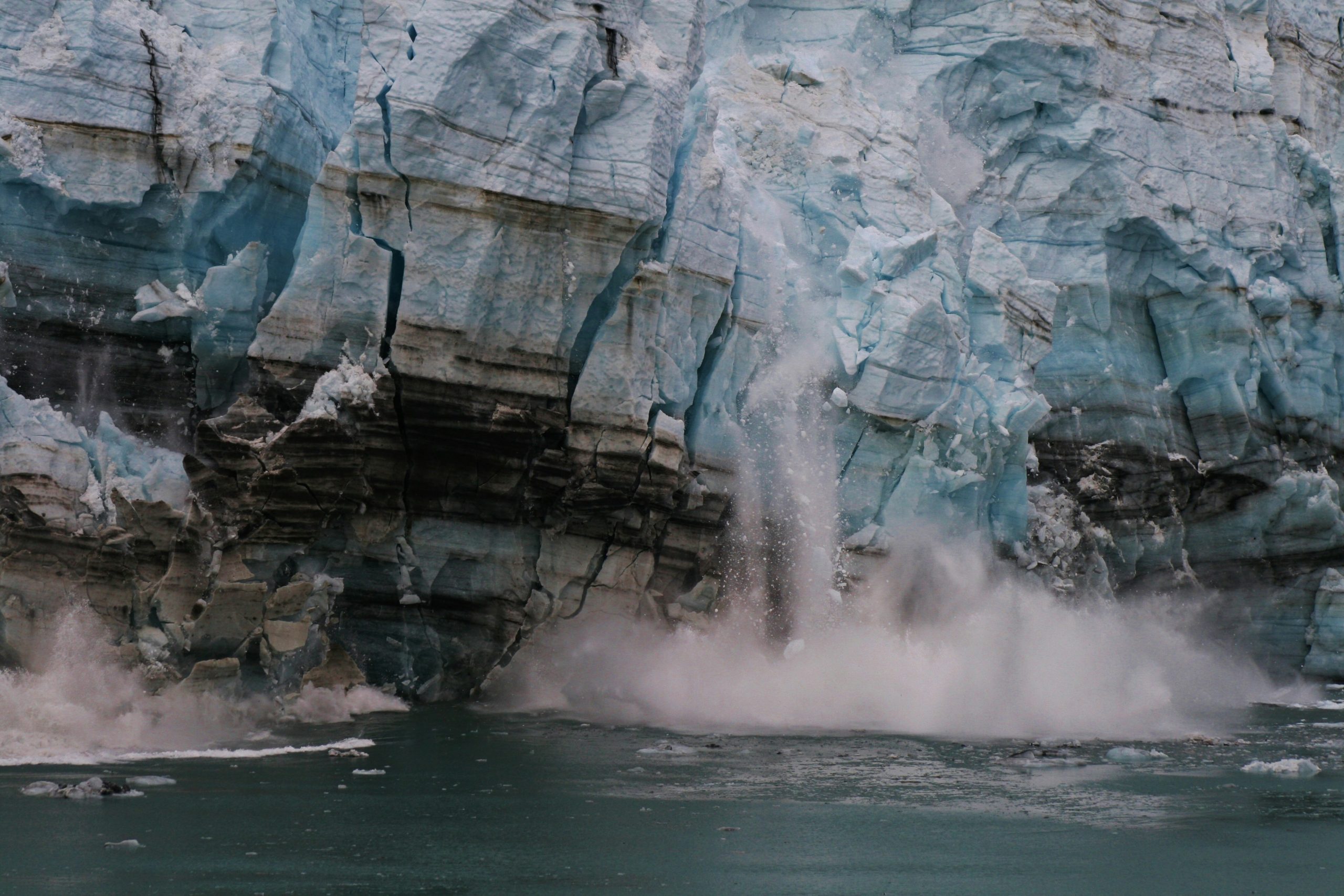 A multi-disciplinary team of researchers from the School of Engineering and UConn’s Marine Sciences department at the Avery Point campus has been awarded $500,000 from the National Science Foundation (NSF) for the development of instrumentation that will improve their scalable autonomous underwater sensor network system. The team, headed by principal investigator Dr. Jun-Hong Cui of Computer Science & Engineering (CSE), includes Drs. Shengli Zhou of Electrical & Computer Engineering; Zhijie Shi of CSE; Ivar Babb of the National Undersea Research Center; and Thomas Torgersen of the Department of Marine Sciences. The faculty members are associated with the Underwater Sensor Networks (UWSN) Lab at UConn (http://uwsn.engr.uconn.edu), which is co-directed by Drs. Cui and Zhou.
A multi-disciplinary team of researchers from the School of Engineering and UConn’s Marine Sciences department at the Avery Point campus has been awarded $500,000 from the National Science Foundation (NSF) for the development of instrumentation that will improve their scalable autonomous underwater sensor network system. The team, headed by principal investigator Dr. Jun-Hong Cui of Computer Science & Engineering (CSE), includes Drs. Shengli Zhou of Electrical & Computer Engineering; Zhijie Shi of CSE; Ivar Babb of the National Undersea Research Center; and Thomas Torgersen of the Department of Marine Sciences. The faculty members are associated with the Underwater Sensor Networks (UWSN) Lab at UConn (http://uwsn.engr.uconn.edu), which is co-directed by Drs. Cui and Zhou.
The three-year project will receive funding under NSF’s Major Research Instrumentation (MRI) Program and enjoys additional matching funds of $150,000 from the University of Connecticut, bringing the project’s total support to $650,000. According to Dr. Cui, the team will develop high data rate acoustic modems (aqua-modems), energy efficient integrated underwater nodes (aqua-motes), and lab- and field-based experimental underwater sensor network test beds. She explains that the equipment will be used to test various algorithms and protocols designed for underwater sensor networks.
Radio waves do not travel well in water, due to the high coefficient of electromagnetic absorption. For this reason, acoustic communication networks are typically used underwater for a variety of sensing and monitoring tasks. But the unique characteristics of acoustic underwater communication – such as low bandwidth, long propagation delay, and high error rate – present challenges to underwater acoustic modem and network designers. Before design alternatives and potential solutions can be implemented, tested and compared, significant experimental research and instrumentation are needed.
The NSF MRI grant will fund the team’s development of the network structure needed to support this advanced research, which will result in better monitoring of the marine environment for commercial exploration, coastline habitat protection and national security. “To achieve the density required for environmental analysis and security requires acoustic communications among multiple Lagrangian drifters and vehicles. This project will lay the groundwork, opening a suite of possibilities for observing the world’s oceans,” commented by Dr. Torgersen.


